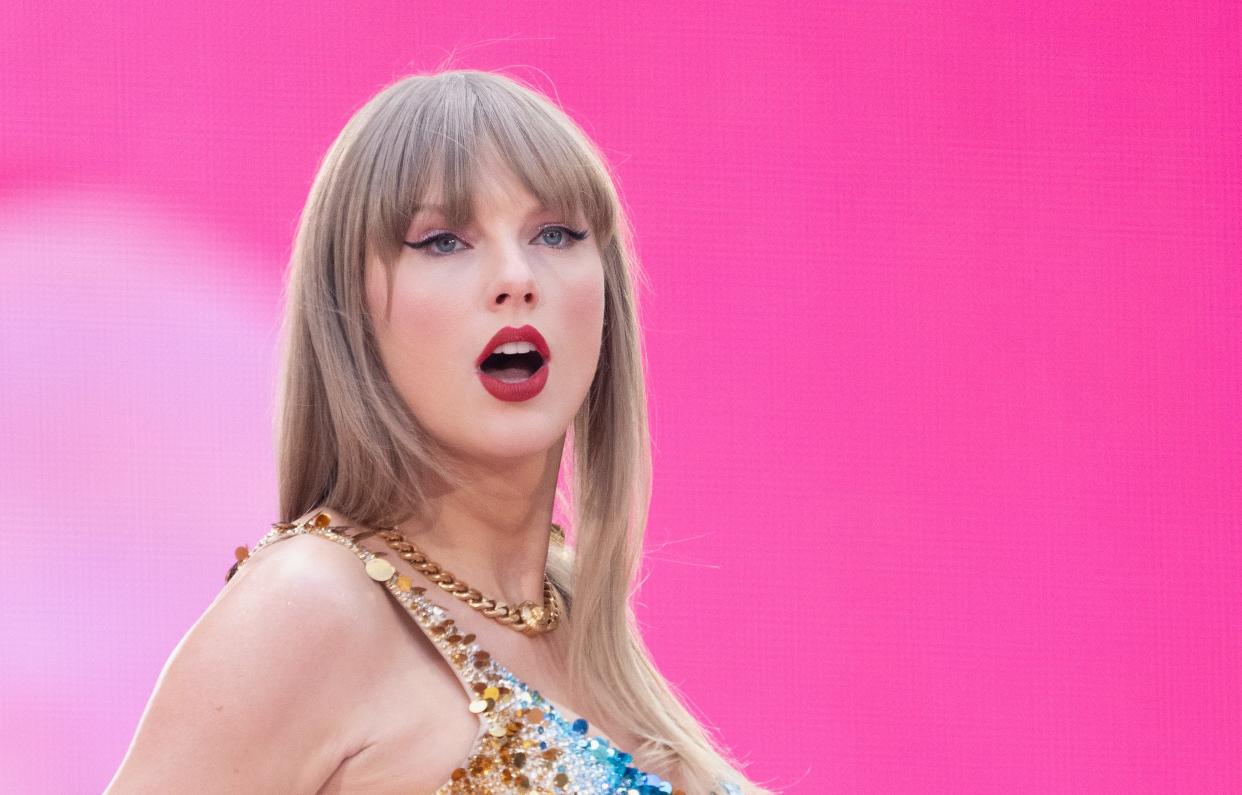Analyze Prince William’s Dance Moves
Prince william dancing at concert – Prince William’s unexpected dance moves at the recent concert have sparked much discussion and amusement. His energetic and enthusiastic performance showcased a blend of different dance styles, including dad dancing, hip-hop, and even some ballroom moves.
Reception
The audience’s reaction to Prince William’s dancing was overwhelmingly positive. They cheered him on and joined in the fun, creating a lively and jovial atmosphere. On social media, his dance moves became an instant sensation, with many praising his enthusiasm and sense of humor.
Dance Styles
Prince William’s dance moves incorporated elements of various styles:
- Dad Dancing: Characterized by goofy and exaggerated moves, often seen at weddings or family gatherings. Prince William’s dad dancing brought a touch of lightheartedness to the concert.
- Hip-Hop: Inspired by street dance culture, hip-hop involves rhythmic body movements, isolations, and footwork. Prince William’s attempts at hip-hop moves added an unexpected edge to his performance.
- Ballroom Dancing: More formal and elegant, ballroom dancing involves graceful steps and partner work. Prince William’s brief foray into ballroom dancing showed his versatility and willingness to try new things.
Overall, Prince William’s dance moves were a delightful surprise, demonstrating his willingness to embrace the moment and have some fun. His performance not only entertained the audience but also highlighted his down-to-earth personality and ability to connect with people.
Cultural Significance of Royal Dancing

Royal dancing holds a profound historical and cultural significance within the British monarchy, dating back centuries.
In the past, royal dances served as a means of entertainment, diplomacy, and social interaction. They provided an opportunity for the monarchy to showcase their wealth, power, and cultural refinement.
Etiquette and Symbolism
Royal dance performances were strictly governed by etiquette and symbolism. The choice of dances, costumes, and music conveyed specific messages and reflected the status and lineage of the royal family.
- Formal dances, such as the quadrille and waltz, were reserved for official occasions and state functions.
- Informal dances, such as the country dance and the reel, were more popular at private gatherings and social events.
- The monarch and their immediate family members often led the dances, setting the tone and pace for the evening.
Notable Royal Dancing Moments, Prince william dancing at concert
Throughout history, several notable royal dancing moments have left a lasting impact on public perception:
- Queen Victoria’s Diamond Jubilee Ball (1897): This grand event featured a spectacular display of royal dancing, with the Queen herself leading the quadrille.
- Princess Diana’s Wedding Dance (1981): The iconic dance between Diana and Prince Charles at their wedding reception became a symbol of their love and captured the hearts of millions.
- Prince William and Kate Middleton’s Wedding Dance (2011): The couple’s first dance to “Your Song” by Elton John was a poignant and memorable moment in their wedding celebration.
Impact on Public Perception: Prince William Dancing At Concert

Prince William’s dancing at the concert significantly impacted his public image, humanizing him and making him more relatable to the general public.
This display of informality and spontaneity challenged traditional perceptions of the monarchy as being aloof and distant.
By showcasing his dancing skills, Prince William demonstrated a sense of humor and a willingness to embrace popular culture, breaking down the barriers between the monarchy and the public.
- This relatable behavior helped to dispel the notion of the monarchy as an untouchable institution.
- It allowed the public to see Prince William as a down-to-earth individual with similar interests to their own.
The positive reception of Prince William’s dancing also suggests a shift in public perception of the monarchy as a whole.
- The monarchy is increasingly seen as an institution that can adapt to modern times and connect with the public on a more personal level.
- This humanization of the monarchy could help to strengthen its relevance and support in the future.
